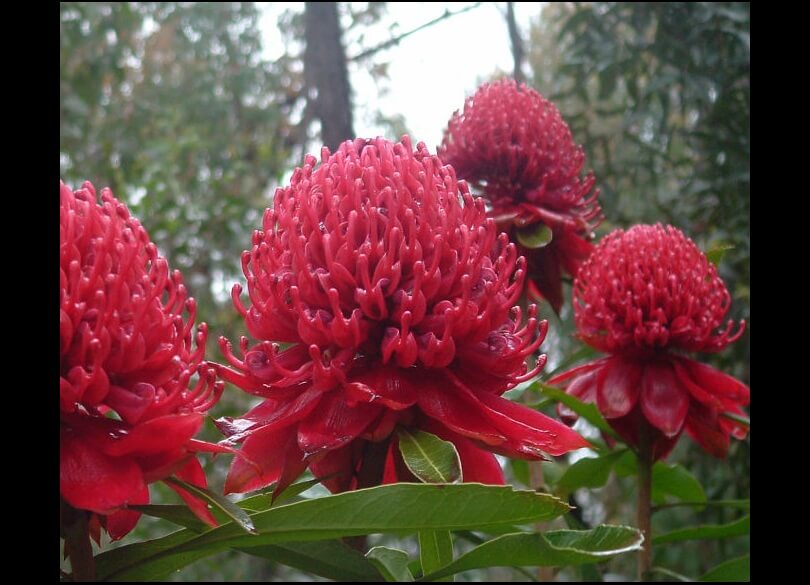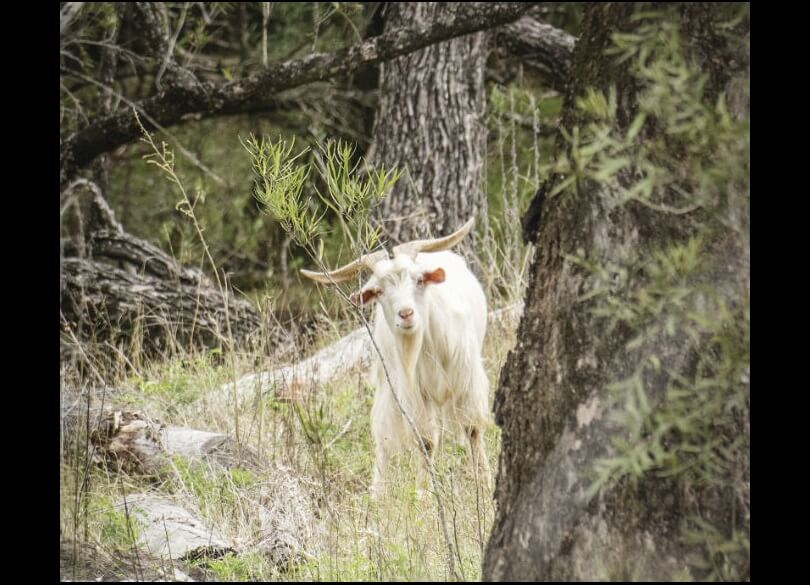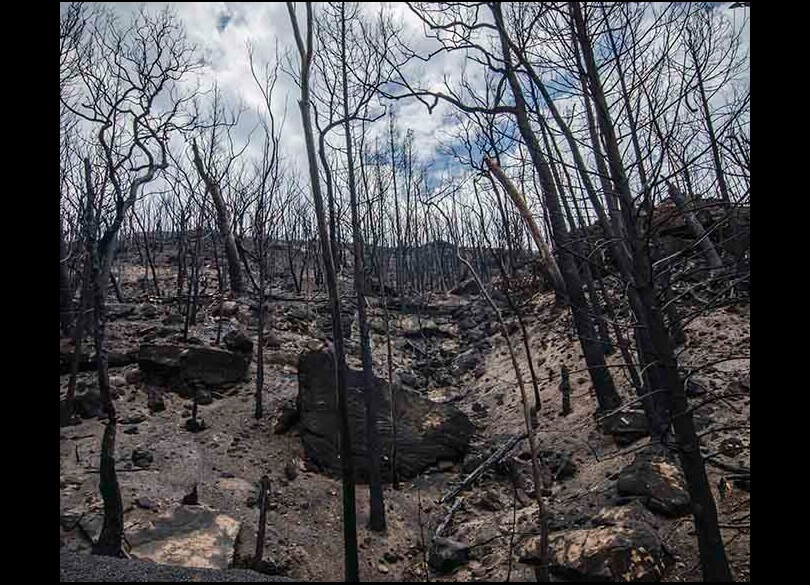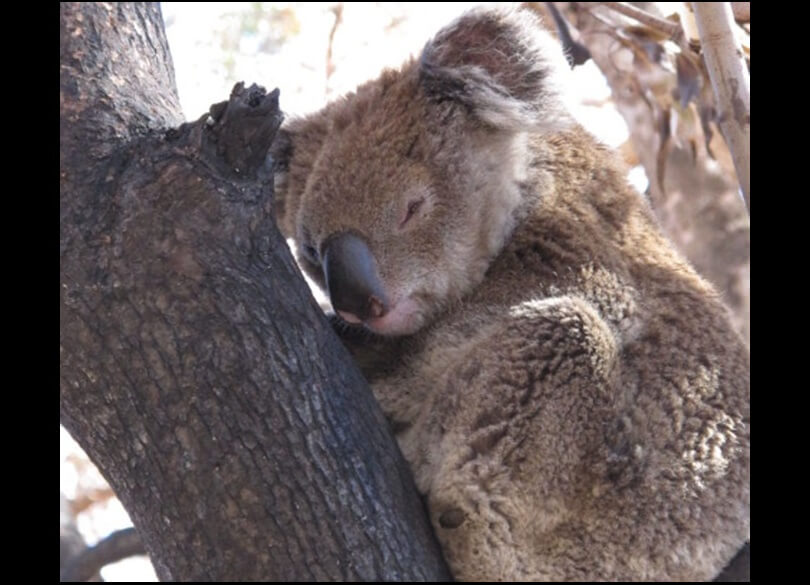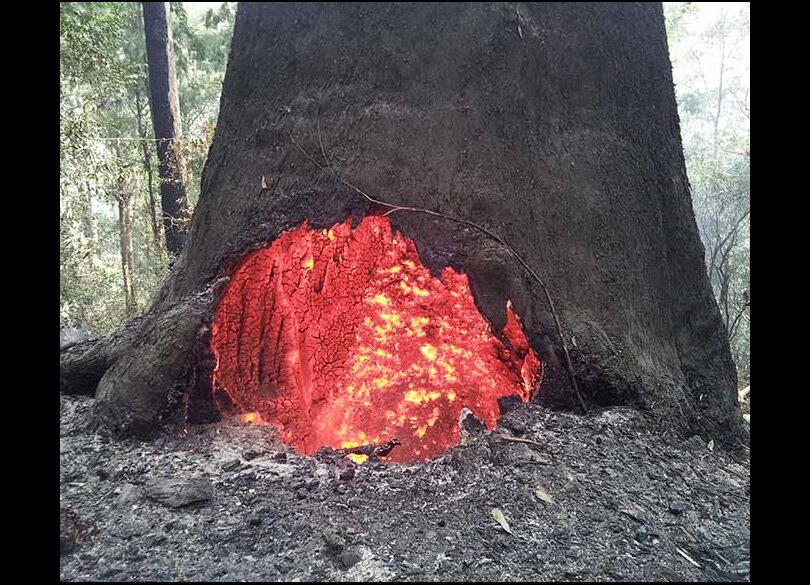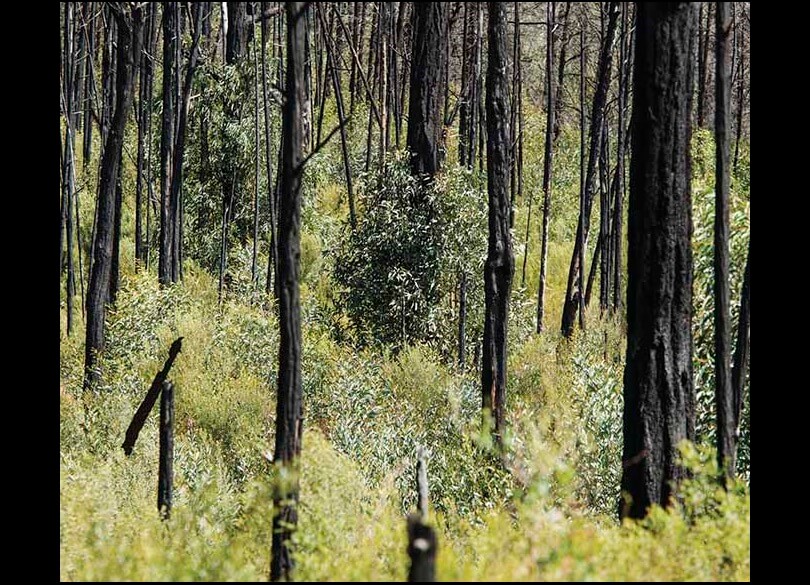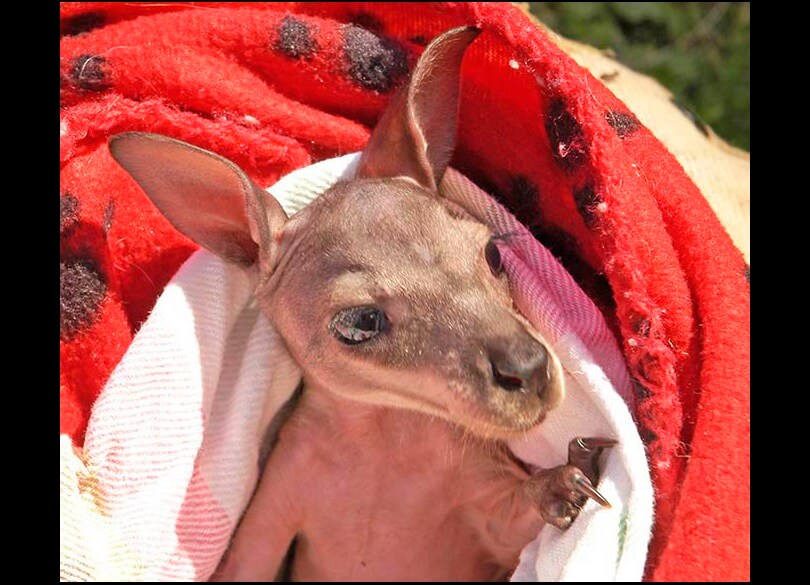Positive effects of fire
Fire is often associated with negative impacts on the environment. We usually think of the damage and devastation fire causes to wildlife and vegetation, but a fire event can also be beneficial for our plants and animals. For example, fire:
- heats the soil, cracking seed coats and triggering germination
- triggers woody seed pods held in the canopy to open, releasing seed onto a fresh and fertile ash bed
- clears thick understorey, reducing competition for seedlings
- encourages new growth that provides food for many animals
- creates hollows in logs and trees that can be used by animals for nesting and shelter.
Negative effects of fire
Fire can also:
- burn and damage vegetation communities, such as rainforest that take hundreds of years to recover
- kill or injure individual plants or animals
- cause erosion and subsequent sedimentation of creeks and wetlands
- open up areas to the impacts of weed and feral animal invasion as well as human access and vandalism.
Managing fire to minimise negative impacts
Fire management activities have the potential to degrade natural and cultural heritage across the landscape.
The impact of prescribed burning on native wildlife and vegetation and cultural heritage is considered carefully during fire planning. Detailed environmental impact assessments are carried out as part of the fire management strategy for each park.
We have responsibility under the Environmental Planning and Assessment Act 1979, the Rural Fires Act 1997, the National Parks and Wildlife Act 1974 and the Biodiversity Conservation Act 2016 to consider the environmental impact of all activities we carry out on the land we manage.
We have established standards and guidelines for the environmental assessment of our fire management activities, including prescribed burning, mechanical hazard reduction and bushfire suppression operations. However, the protection of life and property remains our primary fire management responsibility.
Adapting to fire
Many plants in New South Wales have evolved in the presence of fire for thousands of years and have adapted to survive in a fiery environment.
Large sections of wet sclerophyll, rainforest and wetlands also exist in New South Wales. These plants have evolved in wetter or cooler areas and have not adapted to cope with successive fire events. It may take hundreds of years for some plant communities to fully recover from a fire.
Fire regimes
The time between successive fire events determines a fire regime or frequency of fires for an area. When fires become more or less frequent, the fire regime changes.
Most plants in New South Wales have adapted to a specificfire regime.This means theyare able to recover (reach maturity and produce viable seed) within the time between fires for that area’s fire regime.
The natural fire regime for an area may be altered through:
- successive prescribed burning or bushfire events, which increase the frequency of fire
- fire suppression and fire exclusion, which decrease the frequency of fire.
Plants that have adapted to an existing fire regime may die out and be replaced by plants that are better adapted to a new fire regime. The ecological consequences of high-frequency fires have been listed as a key threatening process under the Biodiversity Conservation Act. This has implications for the planning of hazard reduction burns.
Fire tolerant and intolerant plants
Many NSW plant species reshoot from buds on their stems or roots that enable them to recover rapidly after a fire event. Thick bark protects these buds from the damaging heat of fires.
Plants most vulnerable are those that can only regenerate from seed. These plants are usually killed by fire and regenerate from seeds stored on the plant or in the soil. If fires occur too frequently, these species may not reach maturity to produce seed and will not persist.
Alternatively, infrequent fires can impact negatively on plants that rely on fire to regenerate. If fire is too infrequent, these species can grow old and die and their seeds rot in the soil before germinating.
We take these facts into account when we develop fire management strategies and park rehabilitation programs.
Fire can have an impact on native animals through injury and loss of habitat.
In most cases, populations will not be affected because native animalsfrom surrounding areas will recolonise a burnt area after a fire. When the distribution of a species is limited, or the species is listed as vulnerable or endangered, a significant fire event can impact these populations.
Escaping fire
Native animals can escape fire by fleeing to ‘unburnt islands’ within a burn area or to surrounding unburnt vegetation. Insects, reptiles and small mammals may be able to hide underground, and animals that live in trees can move to treetops and escape low-to-moderate intensity fires.
Birdsare least impacted by fire as they can fly away, but chicks and eggs can be impacted depending upon the season of the fire.
The impact of prescribed burning on native wildlife is carefully considered during fire planning and detailed in environmental impact assessments.
Injured animals
Animals injured by a fire may only be rescued and cared for by licensed rehabilitation organisations or individuals. This is because:
- injured animals can be dangerous to handle
- handling injured animals may cause them further stress
- fire-affected areas can be unsafe.
Find out what to do if you find a sick or injured animal.
